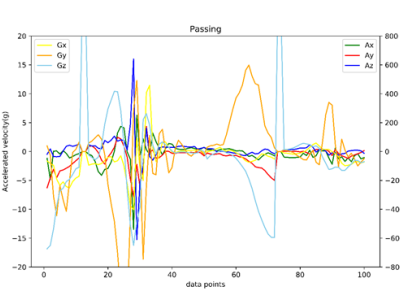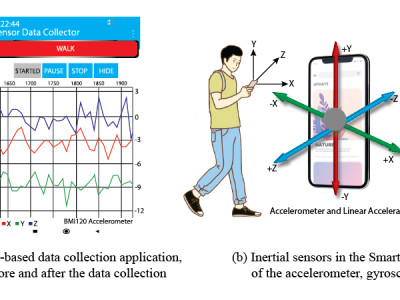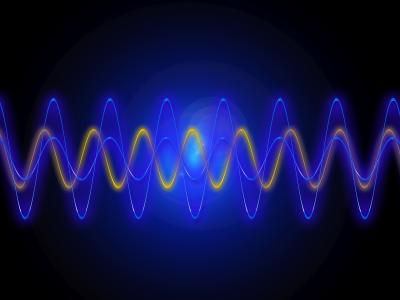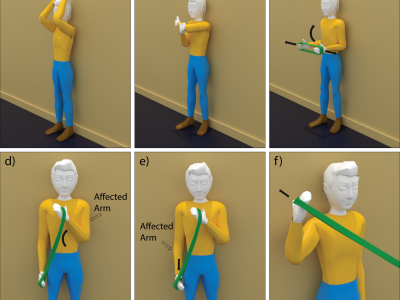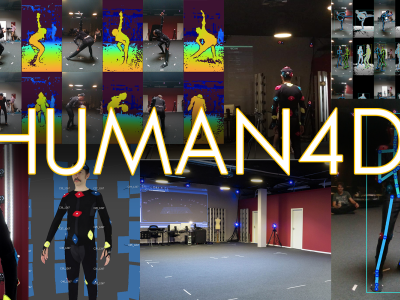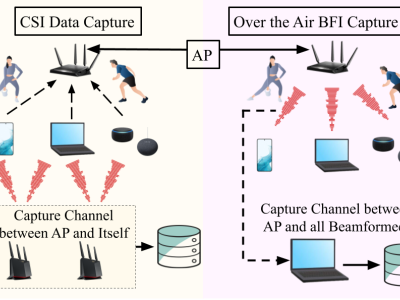
Wi-Fi sensing has emerged as a promising non-intrusive approach for human activity recognition (HAR), leveraging the widespread availability of Wi-Fi-enabled devices. While machine learning tools help extract meaningful features from complex wireless propagation patterns, developing robust and domain-adaptive models remains challenging without diverse datasets.
- Categories:

